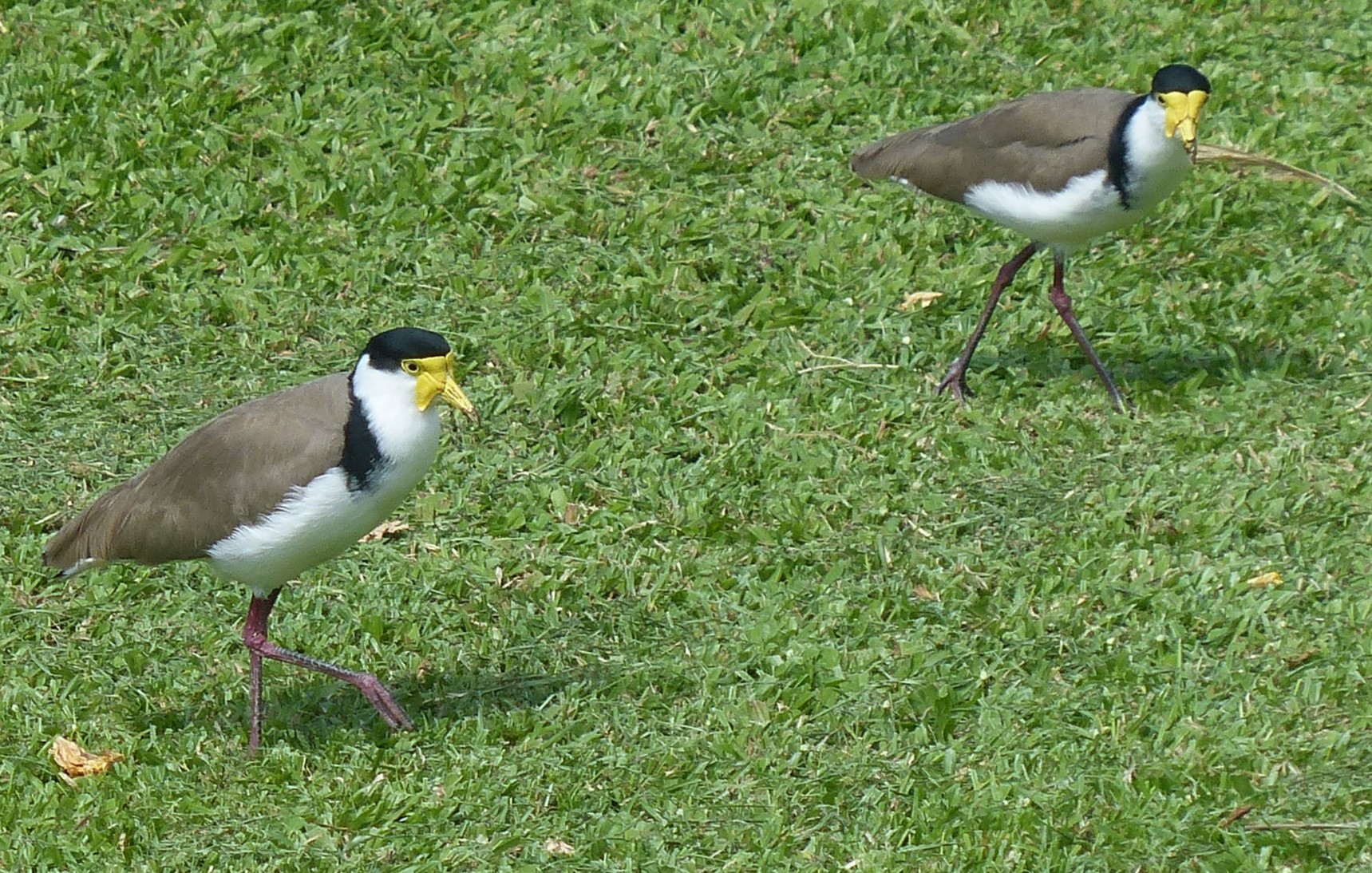Far flying feathered friends
We are soon flying into migratory bird week starting from the 11th of May. This is a week dedicated to recognising those bird species that can travel vast distances. If they were flying Air NZ, they would all be Gold Elite members, as they would be clocking up major Air Points. Those migratory birds seen in the Cook Islands includes our furthest flying visitor, the Torea, Golden Plover that nests in Siberia and makes an almost 10,000km journey to the Cook Islands. This is followed by the Kuriri, Wandering Tattler, which travels just over 9,000km from its native area of Alaska.
But why the long distance? After nesting in their colder regions of the world, some of these long-distance travellers have preferred feeding sites in the Pacific. The Cook Islands for instance provides an array of tasty insects as well as shoreline crabs and small protein filled fish.
Uncommon migratory bird species found in the Cook Islands sometimes do occur and includes last year’s sighting of the Masked Lapwing.
The Masked Lapwing, which is native to Australia, New Zealand and New Guinea was spotted in Muri August last year. Known to travel up to 6,700km, a rare trip to the Cook Islands from Australia would be just in the Masked Lapwings flight range. Previous sightings in the Cook Islands include this bird spotted in Atiu 2021 and Mauke 2011.
You would commonly see the Masked Lapwing feeding around grassland sites, wetlands or marshes. They have a white chest and a black crown that wraps around the back of its neck like an ‘ei maire’. The Masked Lapwing has a funny looking yellow wattle that drapes over their beak like a fancy moustache, and tiny little yellow pirate like dagger that pokes out of each wing. They use these little daggers or spurs to attack or chase off any animals that get too close to their nests. The Masked Lapwing can be actors, for instance faking a broken wing as a diversion for when predators are around. Baby Masked Lapwings are considered pretty low maintenance, with chicks able to leave their nest and feed by themselves only a few hours after hatching!
But why should we care so much about migratory birds? As well as their ability to travel major distances, these migratory birds have evolved to rely on environmental cues that indicate when it’s time to travel. For example, feeding for insects typically takes place across the pacific when and where the grubs are high in protein and nutrients. This is essential for these far flying feathered friends to re-energise for their long journey back to nest. But If these insects are not around or have been outcompeted by other invasive insects, this could drastically change what we see in our environment today.
Additional challenges for our well-travelled feathery friends include a decline in their feeding areas due to development. These feeding grounds include grasslands, marshland and wetland sites. Pesticides used in crops can also reduce their tasty food sources.
These new challenges can not only affect migratory birds travel schedule, but also their breeding success and mortality rates. With potential new changes to their flight schedule, these birds can miss peak insect season, leading to an overpopulation of possible invasive insects which would then damage our valuable crops and the overall general health of all our
plants.
A few things we can do on our end to help our long-distance travelling friends can include, reducing the use of harmful pesticides and fertilisers used in our crops. These can be substituted with more organic options such as worm tea to make your vegetables more colourful and tasty. Another way to help these birds is through carefully zoning and protecting migratory bird feeding areas such as wetlands, marshlands and grasslands.
Every small action contributes to the conservation of these impressive travels over time. Keeping an eye out for potential new long-distance travels through photos and sharing with Te Ipukarea Society and the Natural Heritage Trust also helps update our National Biodiversity Database.

